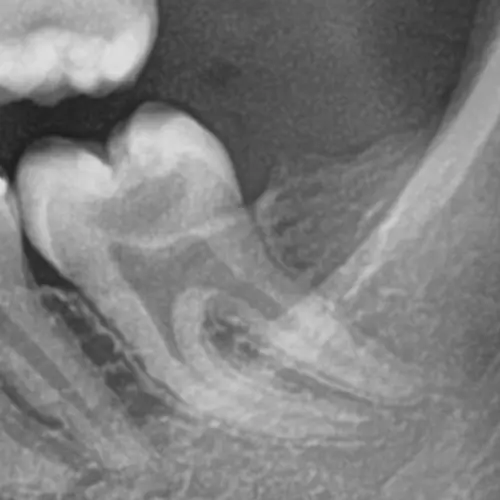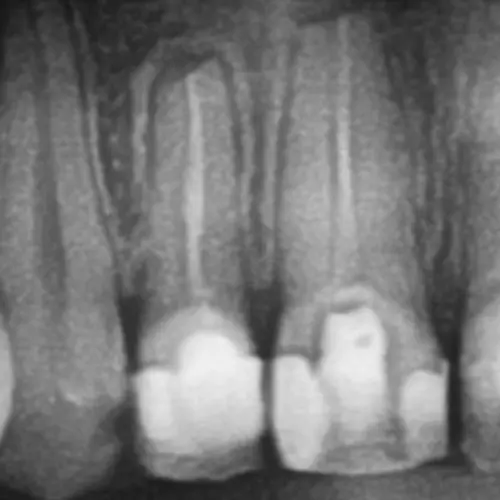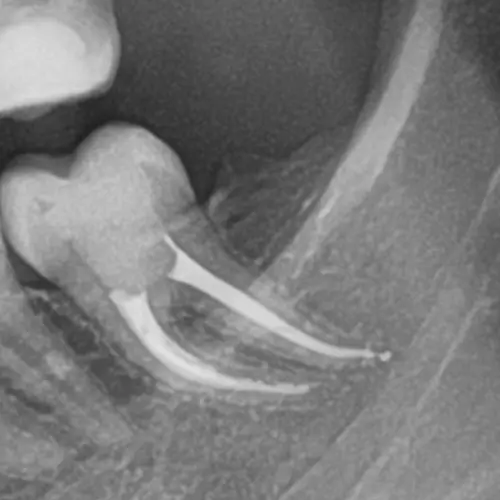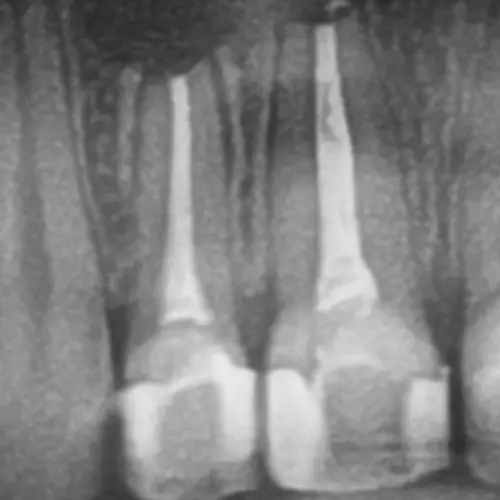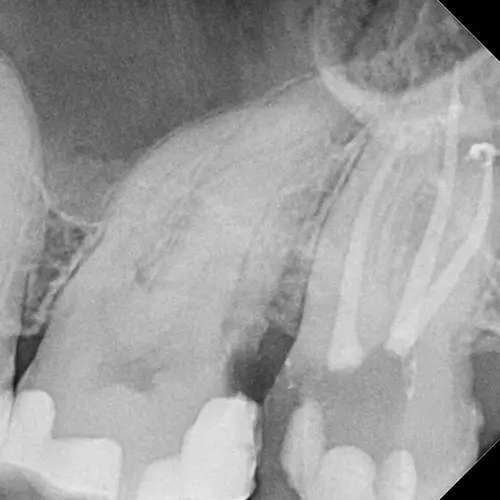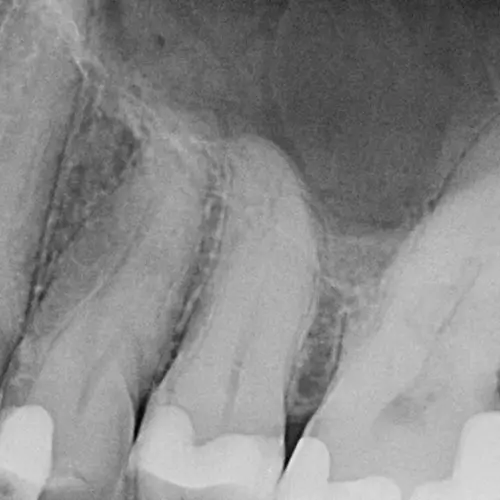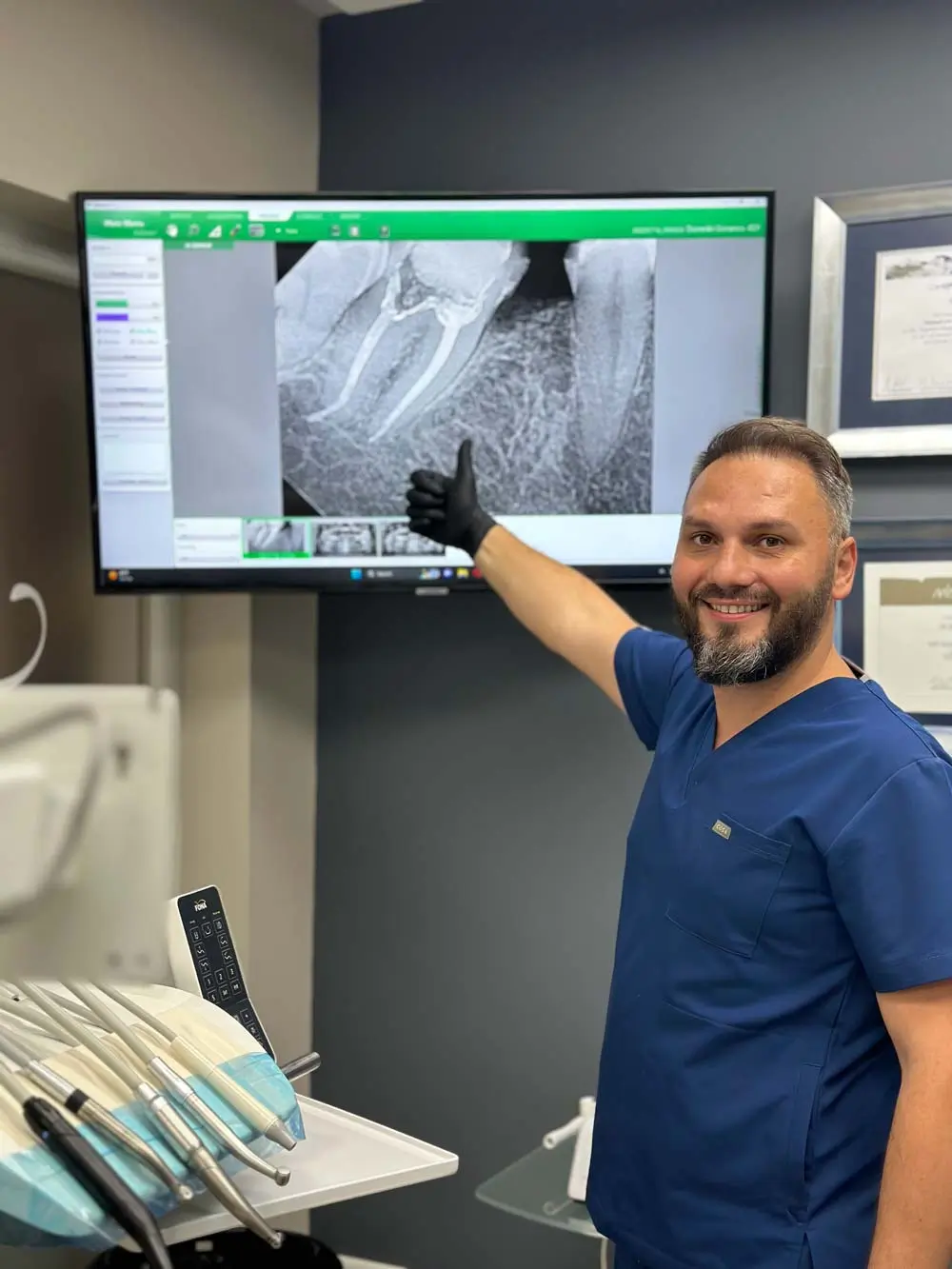
Endodontics
Endodontics is a branch of dentistry that deals with the removal of the dental pulp - the nerve - as well as its treatment (root canals). This process is necessary when the dental pulp becomes inflamed and the patient feels unbearable throbbing pain from the tooth.
This most often occurs in teeth that have deep caries, or previously inadequately treated teeth that have already undergone endodontic treatment.
At Dentoria, we pay special attention to endodontic treatment, because it is the pillar of every prosthetic creation, regardless of whether it is a composite filling or a zirconium tooth.
If the tooth is properly healed, the prosthetic part, or prosthetic fabrication, will certainly last longer.
After the panoramic X-ray is taken, we locate the painful tooth because most often, with acute pain, the patient has multiple teeth aching and is unable to accurately define which tooth the pain is coming from.
If the tooth is alive (vital) and we have acute pain, after the anesthesia is applied, Raberdam is applied, i.e. a special protection of the tooth that allows sterile conditions for work. The procedure is as follows:
Using a digital apex locator, the length of the tooth canal is measured (first the working length)
We expand the canals with manual expanders up to the measured working surface, i.e. to the apex of the tooth root, and then, with a machine endo-pilot that works on the reciprocal principle and with the help of a built-in apex locator, we expand the canals all the way to the apex of the tooth root.
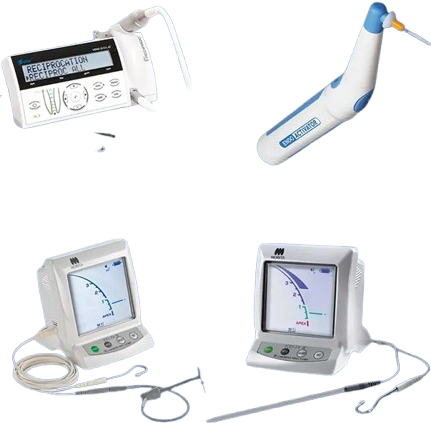
We pay special attention to the irrigation of the canals, that is, every time we change the reaming saw, we wash the canal with special irrigating fluids and activate it with an endocanal activator so that the remains of the working saws can be cleaned or pushed out of the canal.
-
Drying of the canal by paper point irrigators or canal dryers.
-
Applying sealant for endodontic filling and placing master gutta percha.
-
Taking an RVG, or better known as a periapical X-ray, to check if the endodontic filling is up to the very top of the apex.
Endodontically treated teeth at Dentoria
If everything is in order, the gutta percha is cut as short as possible, taking special care not to touch the dentin of the tooth to prevent dehydration and loss of the natural color of the tooth.
Recommendation: To extend the life of an endodontically treated tooth, especially in the retrograde or posterior region of the teeth where chewing forces are greatest, we at Dentoria recommend a porcelain prosthetic fabrication.
Note: The treated tooth may be sensitive for a few days after the procedure.
